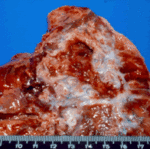Date: 26 November 2013
Secondary metabolites, structure diagram: Trivial name – Asterriquinone B1
Copyright: n/a
Notes:
Species: A. terreusSystematic name: 2,5-Cyclohexadiene-1,4-dione, 2-[2-(1,1-dimethyl-2-propenyl)-1H-indol-3-yl]-3,6-dimethoxy-5-[7-(3-methyl-2-butenyl)-1H-indol-3-yl]-Molecular formulae: C34H34N2O4Molecular weight: 534Chemical abstracts number: 78708-35-7Selected references: Arai, Kunizo; Masuda, Kikuo; Kiriyama, Noriki; Nitta, Keiichi; Yamamoto, Yuzuru; Shimizu, Sakae (Fac. Pharm. Sci., Kanazawa Univ., Kanazawa 920, Japan). Chem. Pharm. Bull., 29(4), 961-9 (English) 1981.
Images library
-
Title
Legend
-
The periphery of the fungus ball is deeply eosinophilic because of the deposition of Splendore-Hoeppli material.
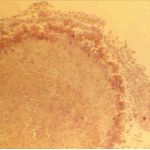
-
Single fungal ball, moving. Radiographic appearance of a fungus ball, showing movement as the patient’s position changes.
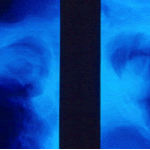
-
Oxalate crystals in the cavity wall surrounding an Aspergillus niger fungus ball (H&E, dark field, x 25).
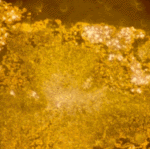
-
Aspergilloma patient. Gross pathology appearance of a fungus ball.
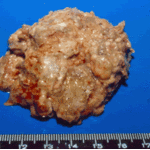
-
Conidiophores of Aspergillus fumigatus in the mass of the fungal ball surrounded by mycelia (H&E, x 400).
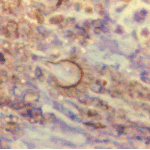
-
Aspergillus niger fungal ball. Calcium oxalate crystals in Aspergillus niger fungal ball. Also shown are darkly pigmented, rough-walled conidia associated with Aspergillus niger infection.
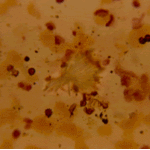
-
Aspergillus niger fungus ball within an old tuberculous cavern. This patient had diabetes, a disease commonly associated with A. niger infection.
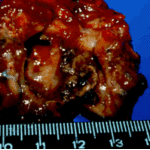


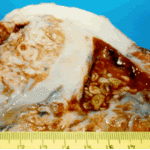
 ,
, 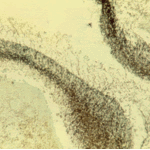
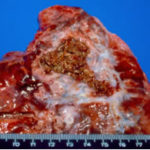 ,
, 